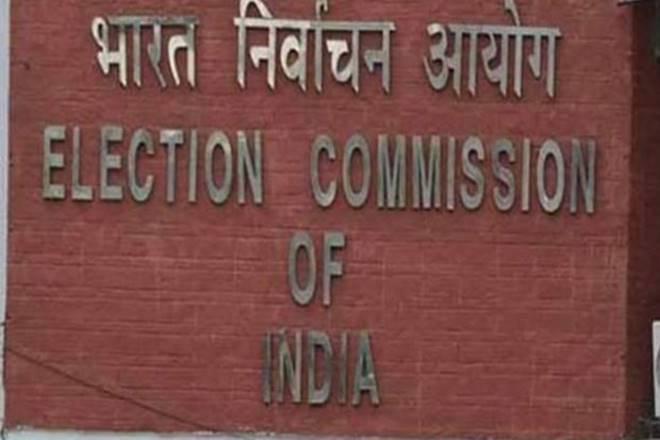In light of the upcoming Lok Sabha elections and to check fake and provocative content being spread on social media platforms, especially during polls, the ministry of electronics and IT (MeitY) and Election Commission of India (ECI) will soon come out with a coordination framework to monitor such applications.
An official source said ECI does not have the mandate to regulate intermediaries, which is with MeitY under the IT Act, 2000. Hence, for a more effective monitoring, it was felt that both should establish a framework under which they can monitor social media platforms or intermediaries, which are essentially entities that provide services enabling delivery of online content to the end-user.
Another senior official said, “The objective here is to ensure that citizen’s data will not be abused to influence elections. So what is being done is that there could be a monitoring mechanism where ECI would receive complaints and then this can be passed on to MeitY for investigation and possible corrective action.”
This mechanism is being conceived keeping in view the delicate nature of polls and the right of people to express their opinion because there would be the need to ensure that those citizens who express their honest opinion on a particular issue, whether election related or not, are not hounded. Also that anti-social elements can be identified, he explained.
This comes at a time when a Parliamentary Standing Committee has asked Twitter to comply with ECI guidelines and have asked them to ensure that there is no bias on the platform during the Lok Sabha elections. The panel will also meet with representatives from Facebook, WhatsApp and Instagram on March 6 regarding safeguarding citizens rights online in India.
The official said that social media entities like Google, Facebook and Twitter are already introducing various mechanisms related to elections to ensure that their platforms are not misused.
Last month, Google said it will introduce an India-specific political advertising transparency report and searchable political ads library, which will provide comprehensive information about who is purchasing election ads on and how much money is being spent.
Similarly, Facebook earlier this month said that its users would see political ads with ‘Published by’ or ‘Paid for by’ disclaimers that have been specified by advertisers. Also users can access a searchable ad library to learn more about ads related to politics, including range of impressions and spend and demographics of who saw the ad.
Likewise, Twitter, too, this month said that for India political advertisers that fall under its political campaigning policy, users would be able to see details, including billing information, ad spend, and impressions data per tweet.
Additionally, the company will also show demographic targeting data for the ads being served, both intended by the advertiser and actually delivered by Twitter.


